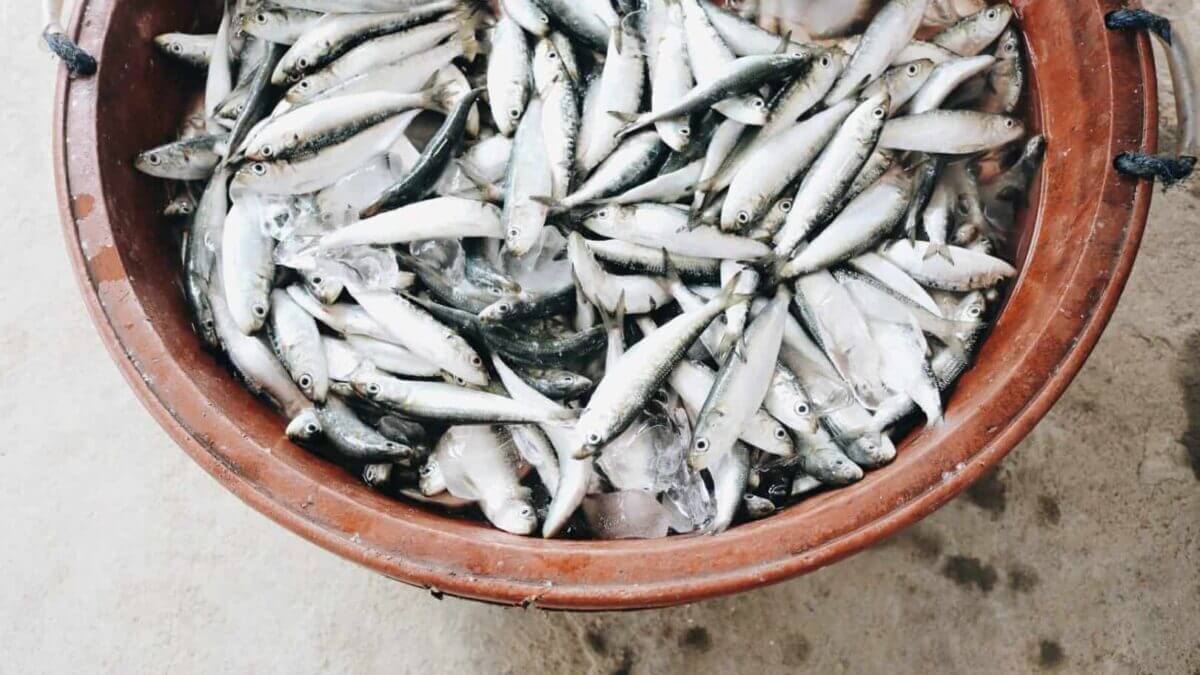Like it or hate it, raw seafood is enjoyed around the world in a multitude of cuisines. It commonly makes an appearance in dishes such as sushi and tartare, consumed as clams or oysters on the half shell, or used in marinated dishes like ceviche. These dishes, considered ready-to-eat, also run the risk of causing food poisoning if not stored properly.
Seafood can easily be contaminated with bacterial pathogens, such as Vibrio and Salmonella. Vibrio occurs naturally in marine environments while Salmonella can contaminate during the production or processing phases. Studies have shown that the level of human pathogenic bacteria in fish is generally quite low but concentrations are much higher in shellfish.
Other seafood products such as lightly smoked fish (e.g. salmon lox) which are only partially cooked can also harbour dangerous pathogens. Climatic conditions can also affect the contamination risks of seafood. To play it safe, raw seafood should not be exposed to temperatures above 40°F for an extended period. This is to prevent the growth of pathogens to dangerous levels that can cause illnesses, and damage your business.
So how do you keep these microorganisms from spoiling your product and causing losses to your business?
Basic hygiene
You should avoid cross-contamination during storage and preparation by separating raw and cooked seafood. Also, make it a point to wash your utensils before reusing it on other food. Speaking of washing, don’t forget to wash your hands before and after handling any raw or cooked food.
Seafood is not meant to only be consumed raw but when cooking it, ensure that the internal temperature reaches at least 145°F for 15 seconds.
Freezing
One way and certainly the most popular is freezing. Freezing does not kill bacteria per se. However, ice crystals can form from the water inside seafood. These ice crystals can act as daggers which slice through the bacterial cells and kill them. Seafood should be kept refrigerated below 40°F, ideally. In the case of partially cooked or ready-to-eat products, it’s best to keep it as cold as possible at all times, from harvesting to transportation, processing, and storage. These raw foods should also be served in ways that keep them cold or that really limit their time exposed to room temperature.
Deep-freezing can kill pathogens if it is done long enough, according to guidelines for the food industry from the Food and Drug Administration. Freezing can be the answer for parasites such as tapeworms, roundworms, and flukes. However, it’s efficacy varies and it has been reported that deep-freezing is most effective for tapeworms. Although effective for killing tapeworms, deep-freezing has proven to be less effective for roundworms and flukes.
Canning
The global canned seafood market size was estimated at USD 21.5 billion in 2016. Canning is a sterilization process that kills pathogens already present on the food and prevents further contamination by microorganisms. The canning process is essentially sealing cooked food in an airtight container, normally a tin can, and heating it to high temperatures (240°F to 270°F). The shelf life is typically between one to five years.
This method has an advantage over freezing as the food can be stored at room temperature for long periods of time. Water or steam is used over the cans in the heating step before it moves into the holding phase, which is when the ambient temperature is maintained for a set amount of time to sterilize the contents. Everything is then cooled down to allow safe handling.
Whether canning at home or at an industrial level, use top quality fresh seafood and can it as soon as you get your hands on it. The longer you wait, the more the quality will deteriorate. It is essential that proper canning techniques and equipment are used to avoid food-borne illnesses.
These are just a few physical methods that can be used to kill harmful pathogens on your seafood. To learn more or collaborate with seafood industry experts, come down to the Malaysian International Food & Beverage (MIFB) 2019 Trade Fair from 26-28 June 2019.



